What the upper class really did during the Victorian Era
The Victorian upper class is often depicted as a world of opulence and strict social codes, where appearances were meticulously maintained. This era, which spanned from 1837 to 1901, witnessed a society that was as complex as it was fascinating. The upper class, comprising aristocrats and wealthy industrialists, lived lives dictated by stringent traditions and social norms. Exploring this world unveils both the grandeur and the peculiarities of a class that wielded significant influence over British society.
Morning Rituals: How the Day Began for Victorian Elites
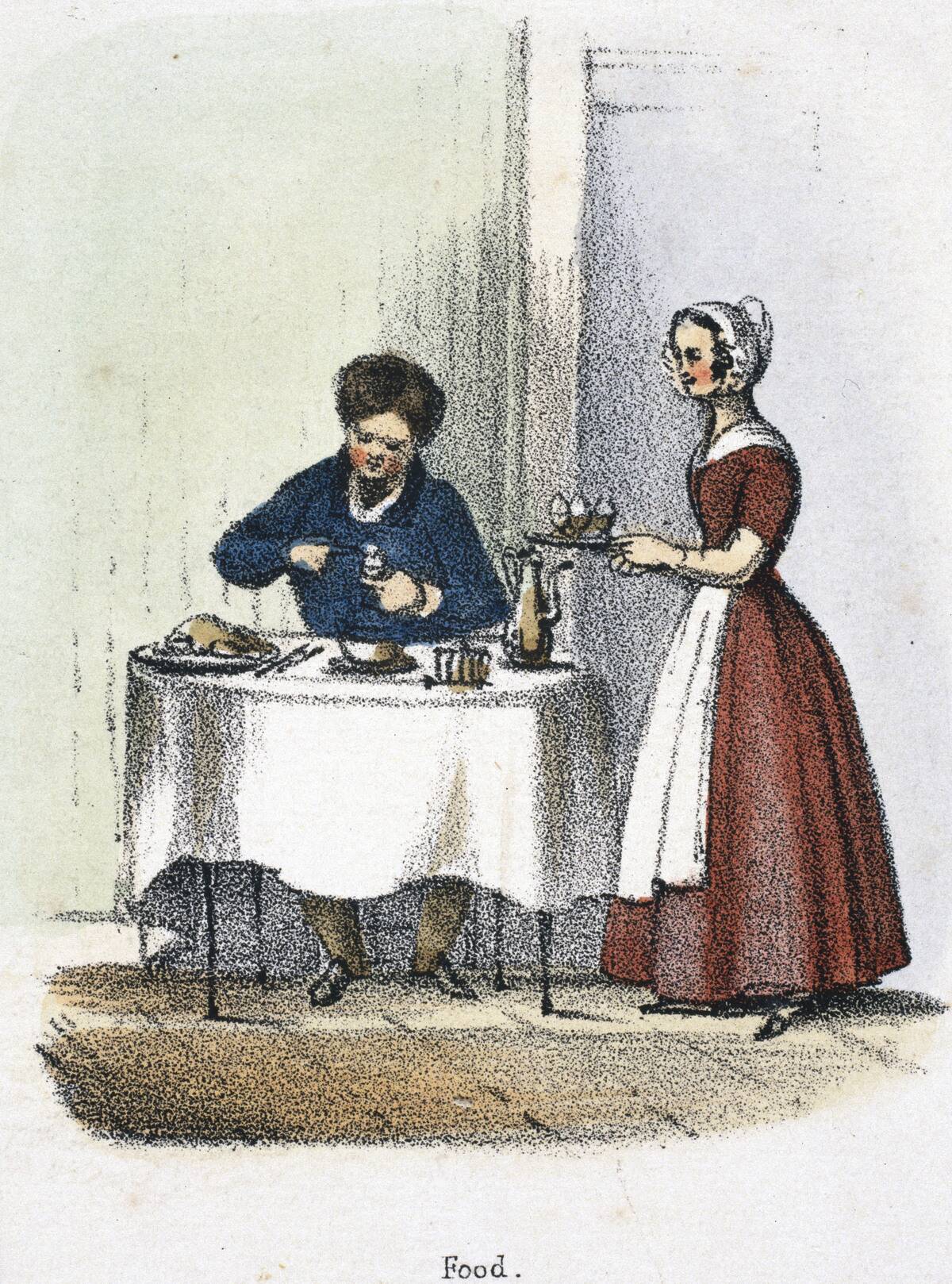
Mornings for Victorian elites often began with a light breakfast served in bed, typically consisting of tea, toast, or porridge. This was followed by a ritualistic morning routine of dressing, which required assistance from personal servants. Gentlemen might start their day with a shave by a valet, while ladies might spend considerable time having their hair arranged and donning their elaborate dresses with the help of a lady’s maid. Morning calls to close family and friends were also a common practice, reinforcing social bonds.
Fashion Forward: The Wardrobe Wonders of Victorian Aristocrats
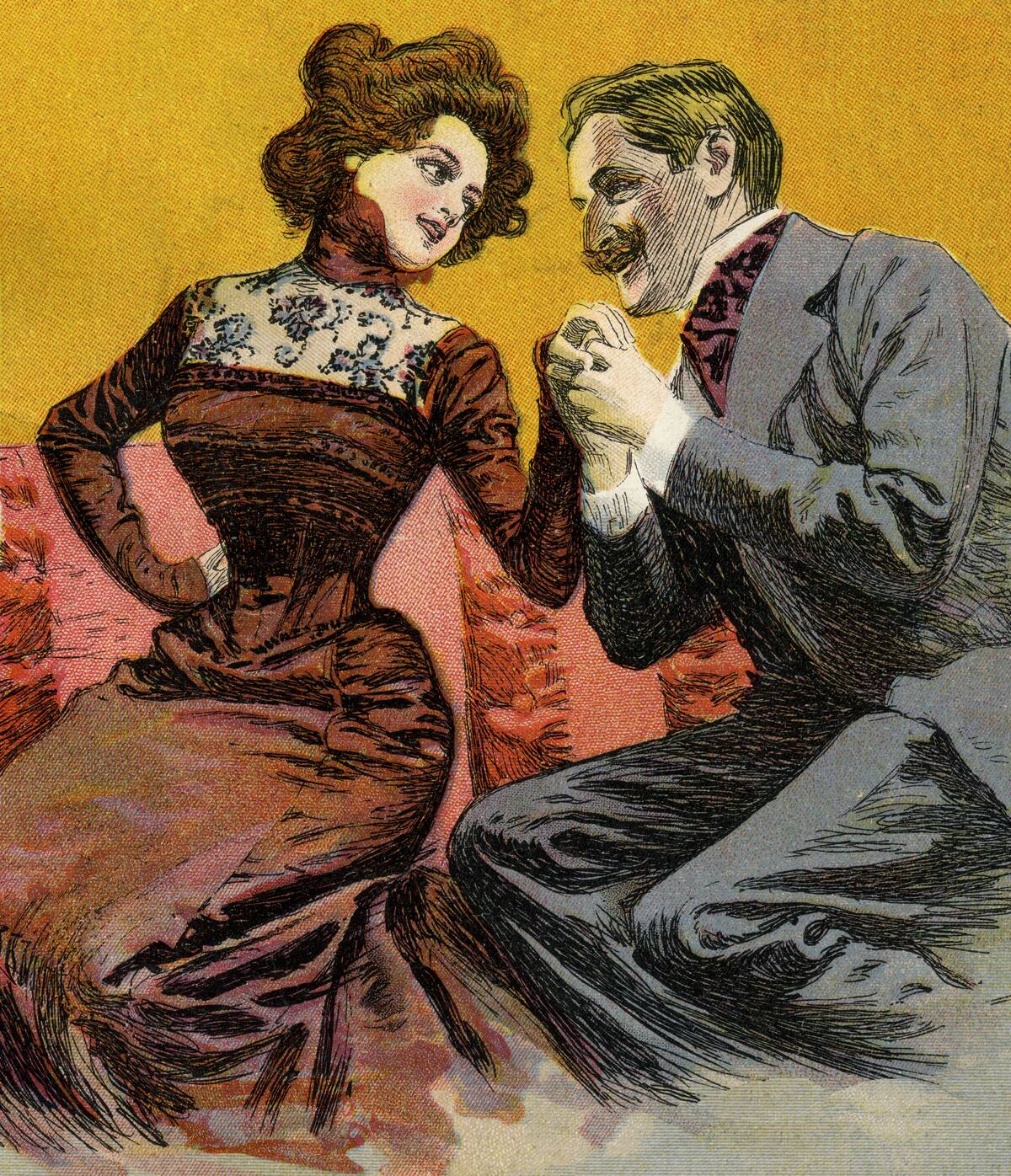
Victorian fashion was characterized by elaborate designs and intricate detailing, reflecting one’s social status. Women’s dresses featured tight corsets and layered skirts, often adorned with lace and ribbons. Men sported tailored suits, complete with waistcoats and top hats. The industrial revolution had made textiles more accessible, allowing for a variety of fabrics and patterns. Fashion was not just about style; it was a statement of wealth and position, with the latest trends being eagerly adopted by the upper class.
Dining Decadence: A Peek into Upper-Class Cuisine
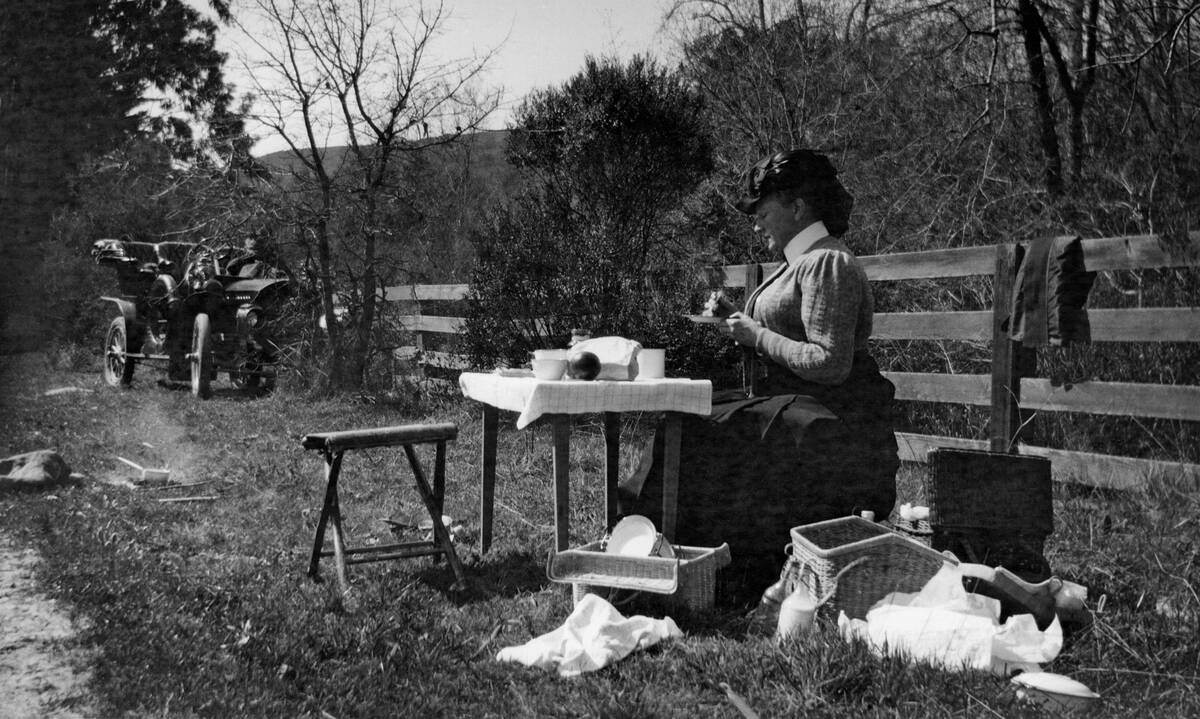
Victorian upper-class dining was a lavish affair, with meals often comprising multiple courses. Dinner could include dishes like turtle soup, roast meats, and elaborate desserts such as trifles or fruit jellies. The quality of food was a direct reflection of the host’s wealth and taste. Meals were often accompanied by fine wines and spirits, with the dining room serving as a stage for social interaction. The practice of formal dining was an art, with strict etiquette governing the arrangement and service of courses.
Social Soirees: The Art of Victorian Entertaining
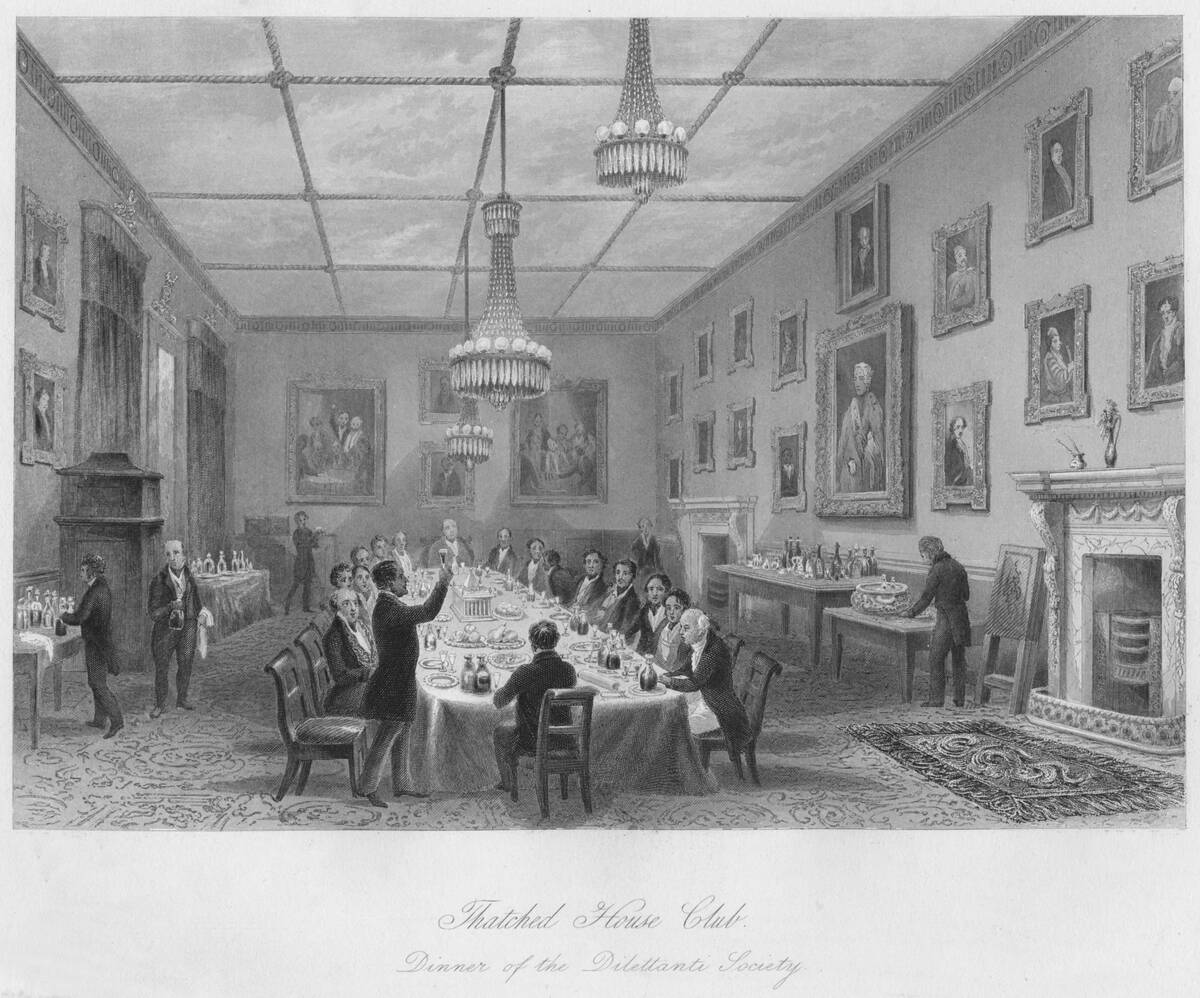
Entertaining was a crucial aspect of upper-class life, with grand balls and soirées being the highlight of the social calendar. These events were meticulously planned, from the selection of music and dance to the guest list and seating arrangements. Invitations were a matter of prestige, and attending such gatherings was both a social obligation and an opportunity to cement alliances. The opulence of these events was a display of wealth and sophistication, where mingling with the right people could elevate one’s social standing.
The Importance of Etiquette: Navigating the Social Minefield
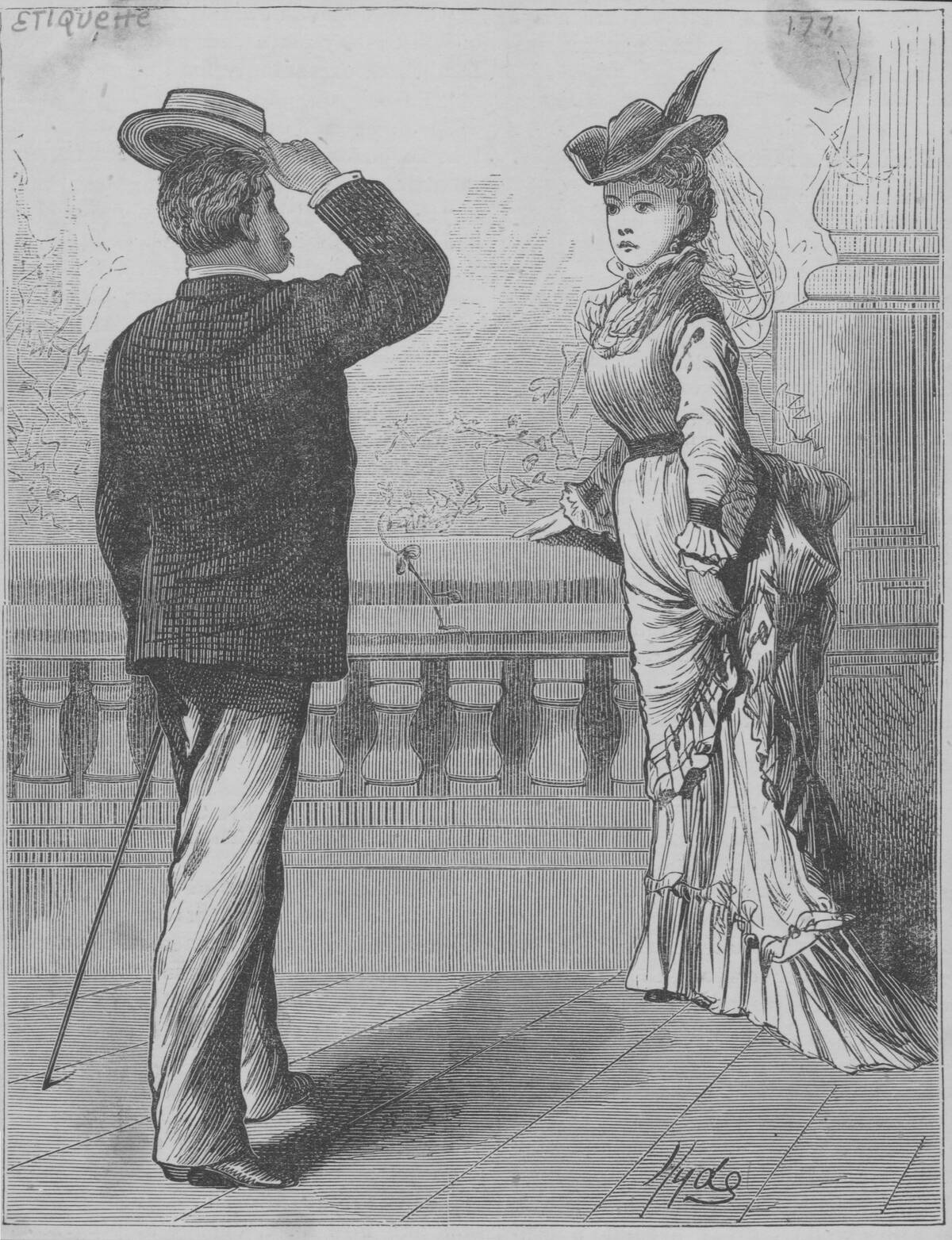
Etiquette was the cornerstone of Victorian society, with a complex set of rules dictating behavior in every situation. From how to address peers and superiors to the correct use of cutlery at dinner, these rules were meticulously observed. Social missteps could lead to ostracism, making it imperative to adhere to these unwritten codes. Etiquette manuals were widely read, serving as guides for navigating the social landscape. Understanding and practicing good manners was essential for maintaining one’s reputation and social connections.
The Role of Women: Ladies of Leisure or Power Players?
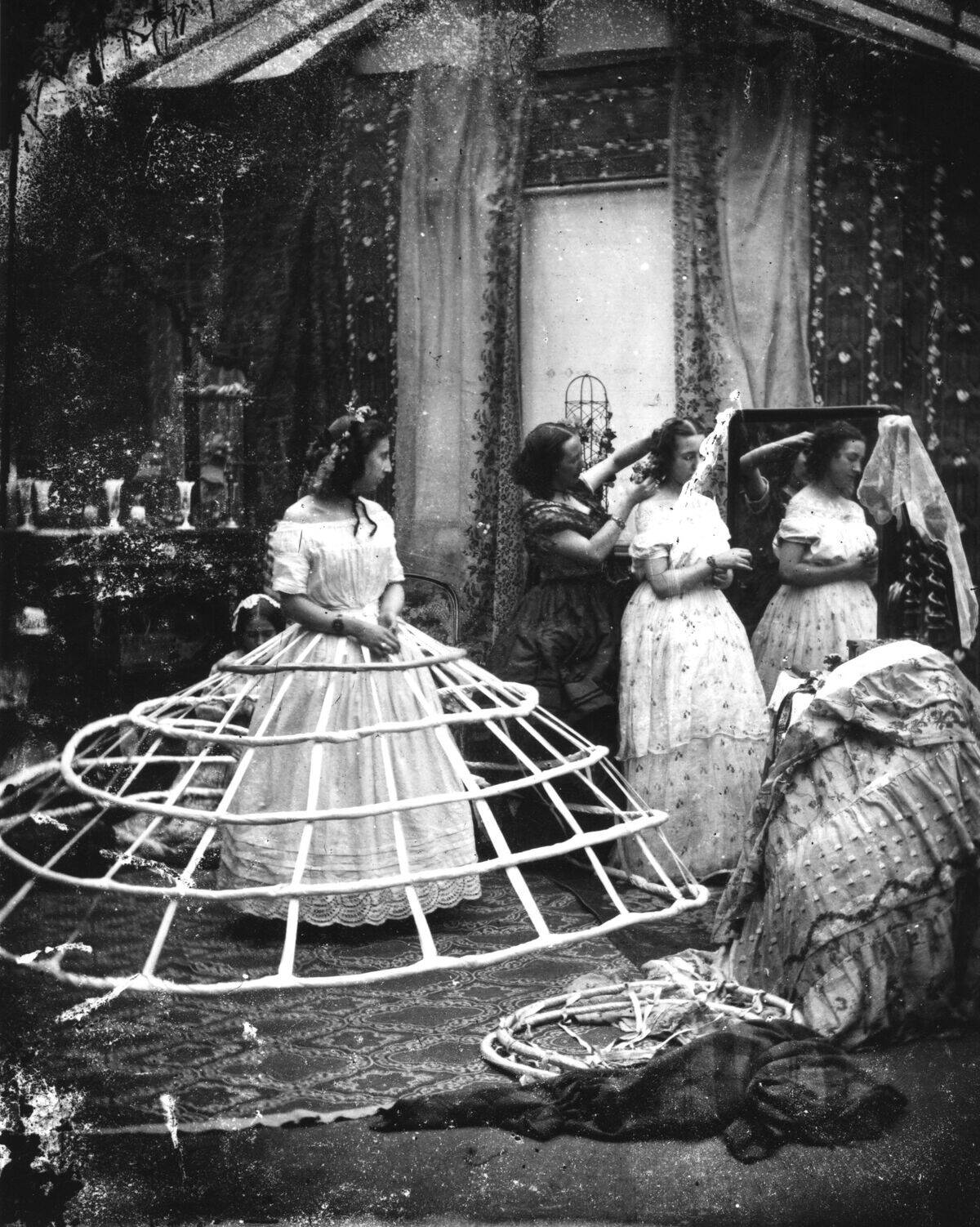
Victorian women of the upper class were often seen as the epitome of grace and leisure, with their primary roles revolving around managing the household and social engagements. However, many women exerted significant influence behind the scenes, particularly in managing family affairs and philanthropic activities. Some women, like Florence Nightingale and Emmeline Pankhurst, challenged societal norms and became pioneers in nursing and women’s suffrage, respectively. While bound by societal expectations, many women found ways to wield power and effect change.
Leisure Activities: Pastimes of the Privileged
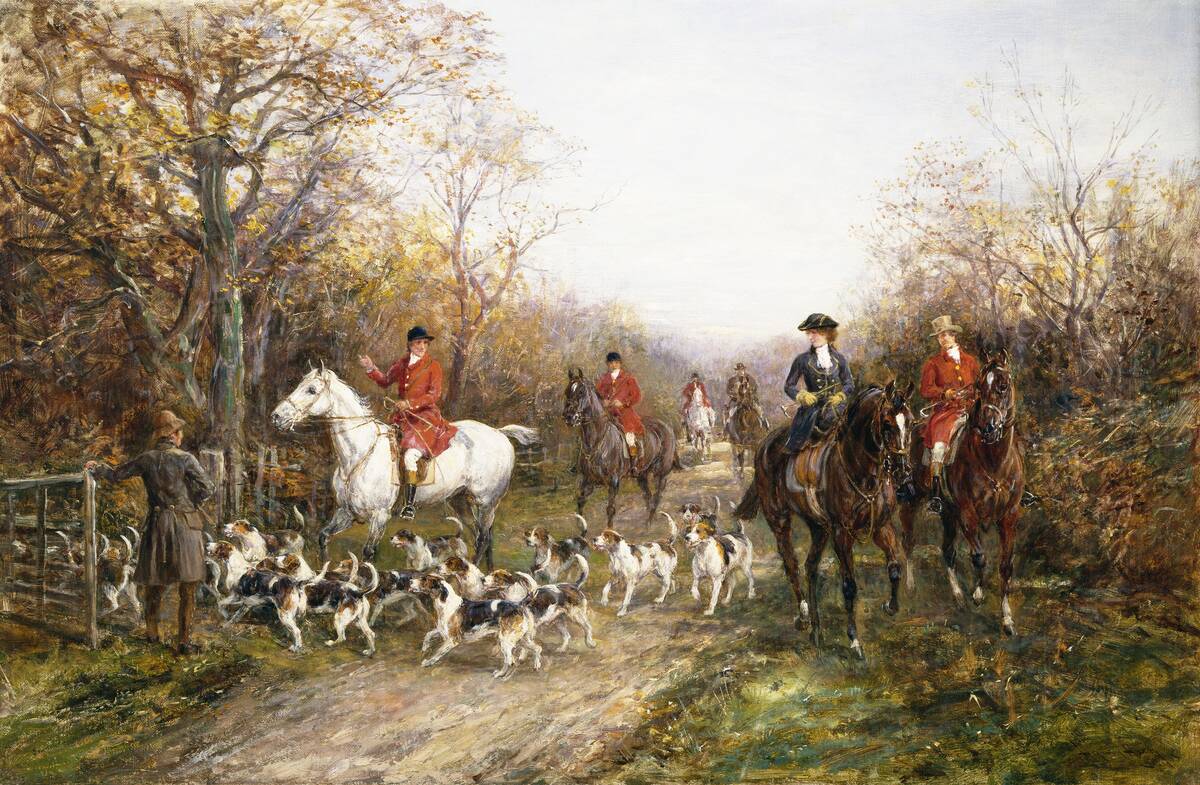
Upper-class Victorians enjoyed a variety of leisure activities, from attending the theater and opera to participating in outdoor pursuits like hunting and horseback riding. Afternoon tea became a social ritual, providing an opportunity for conversation and networking. The introduction of sports like tennis and croquet offered new opportunities for socializing and staying active. Country house weekends and seaside holidays also became popular, allowing families to relax and entertain guests in less formal settings. Leisure was an essential component of upper-class life, reflecting both status and lifestyle.
The Victorian Travel Bug: Adventurous Journeys and Grand Tours

Travel became increasingly popular among the Victorian elite, with the Grand Tour being a rite of passage for young aristocrats. This extended journey through Europe offered a chance to experience art, culture, and history firsthand. The advent of the steam engine also made travel more accessible, leading to a rise in domestic tourism. Exotic destinations like Egypt and India attracted adventurous travelers seeking new experiences. Travel was not only a means of exploration but also a way to showcase wealth and broaden one’s horizons.
The Influence of the Arts: Patronizing Painters, Poets, and Performers
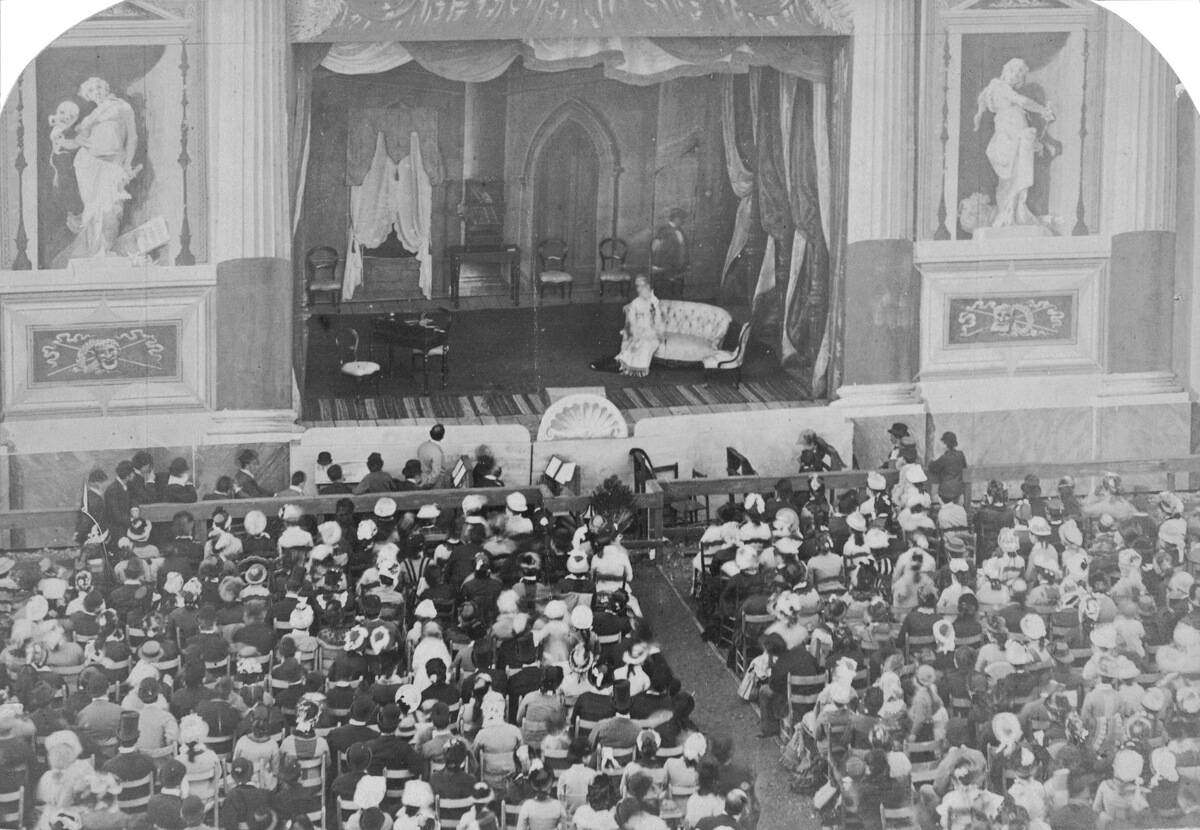
The Victorian upper class played a crucial role in supporting the arts, often acting as patrons to painters, poets, and musicians. Hosting private concerts and art exhibitions in their homes, they provided artists with the financial support needed to pursue their craft. Figures like Lord Byron and Oscar Wilde were celebrated by the elite, who appreciated both their talent and their ability to entertain. This patronage helped foster a rich cultural environment, contributing to the artistic flourishing of the period.
Philanthropy: Charitable Endeavors of the Elite
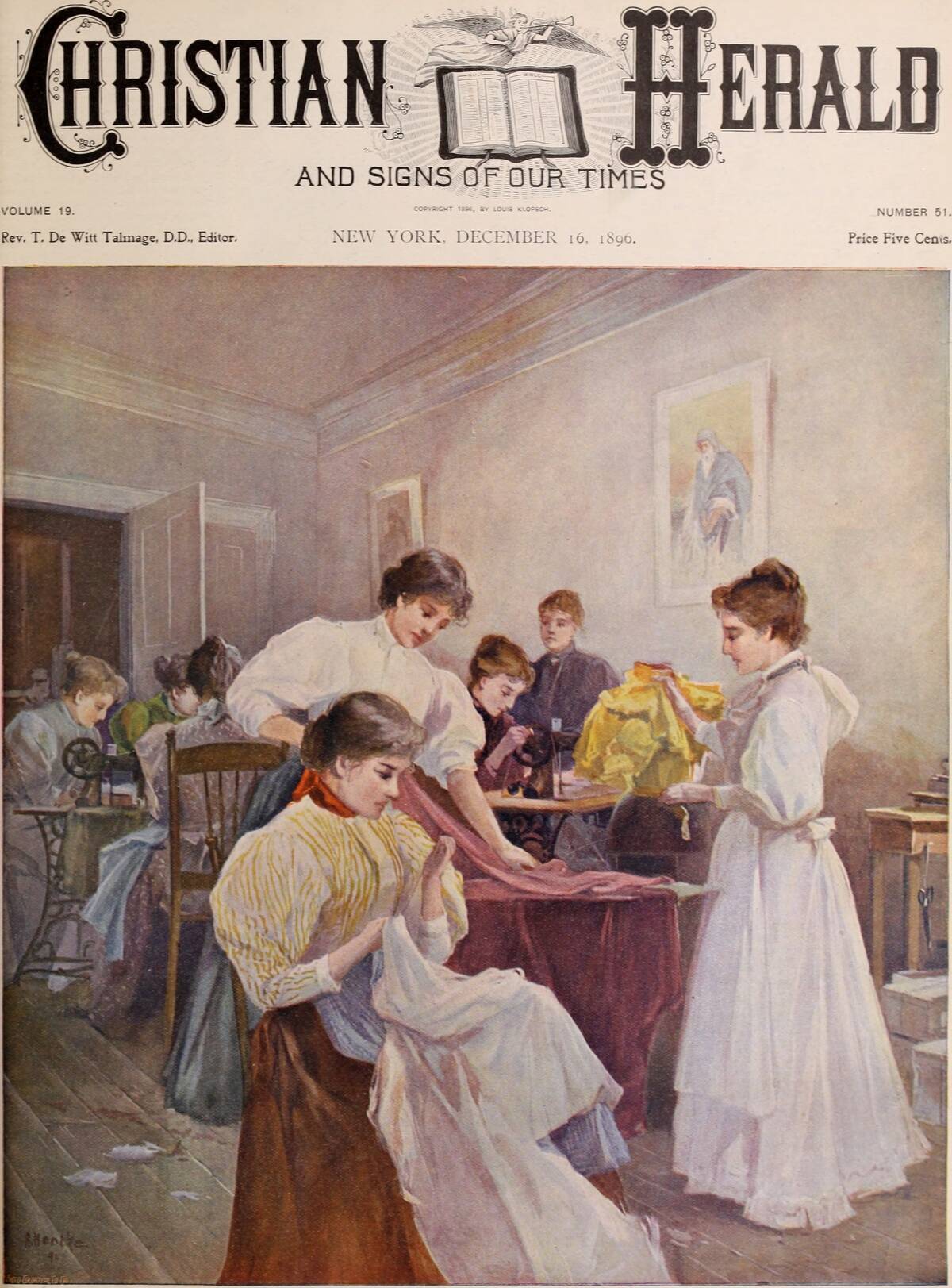
Philanthropy was a significant aspect of upper-class life, with many elites supporting charitable causes and institutions. Philanthropic activities ranged from funding hospitals and schools to supporting poverty relief efforts. Figures like Angela Burdett-Coutts, known as the “queen of philanthropists,” donated vast sums to improve public welfare. These charitable endeavors were often motivated by a sense of moral duty and the desire to improve society. Engaging in philanthropy also enhanced one’s social standing, reflecting both generosity and responsibility.
Estate Life: The Grandeur of Country Living
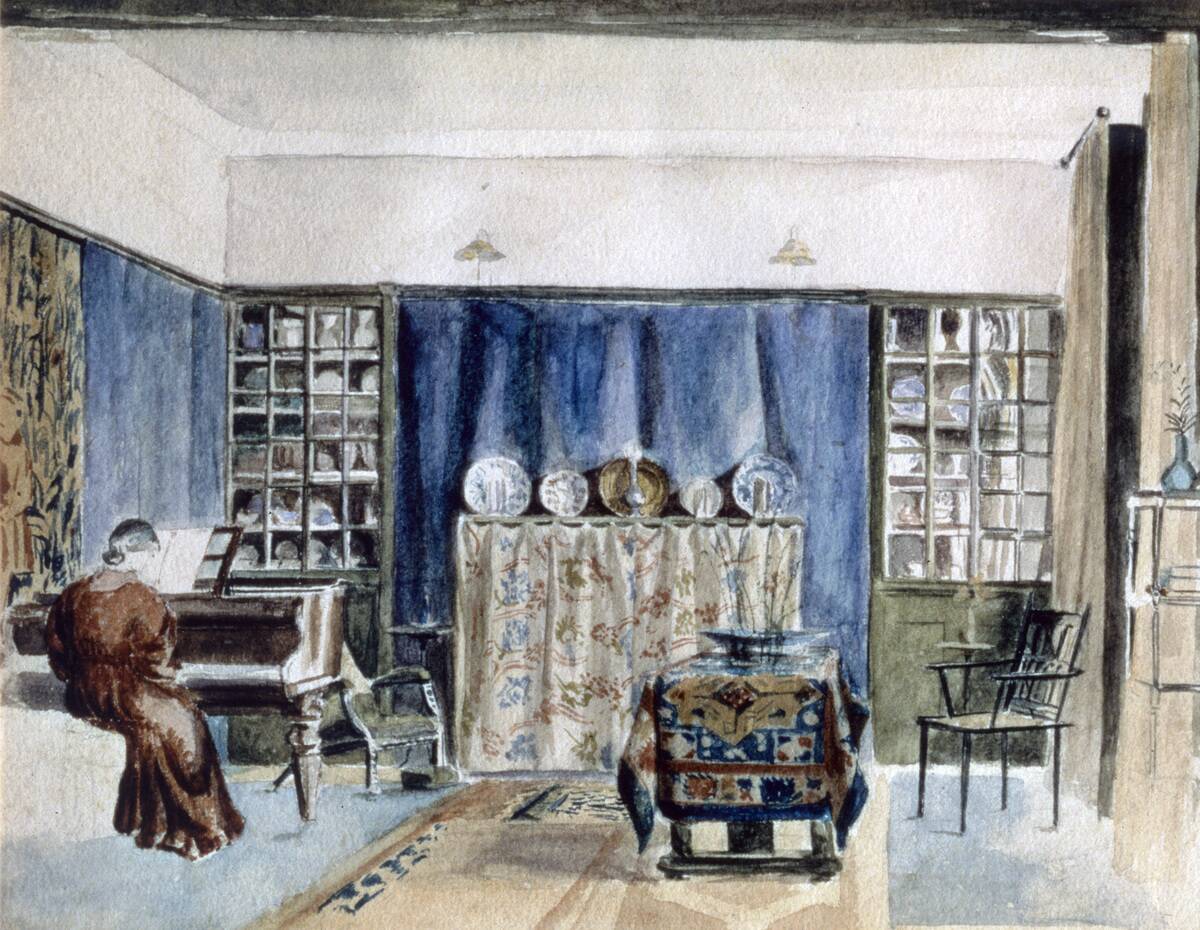
Country estates were the epitome of Victorian upper-class life, offering a retreat from the bustling city. These grand homes were often set amidst sprawling gardens and landscapes designed by renowned architects like Capability Brown. Estate life included managing vast lands and hosting lavish gatherings, with the estate serving as a symbol of wealth and prestige. Seasonal activities such as hunting and picnicking were popular pastimes, providing opportunities for relaxation and socialization. The grandeur of estate life was both a privilege and a responsibility.
The Role of Men: Gentlemen’s Clubs and Business Ventures
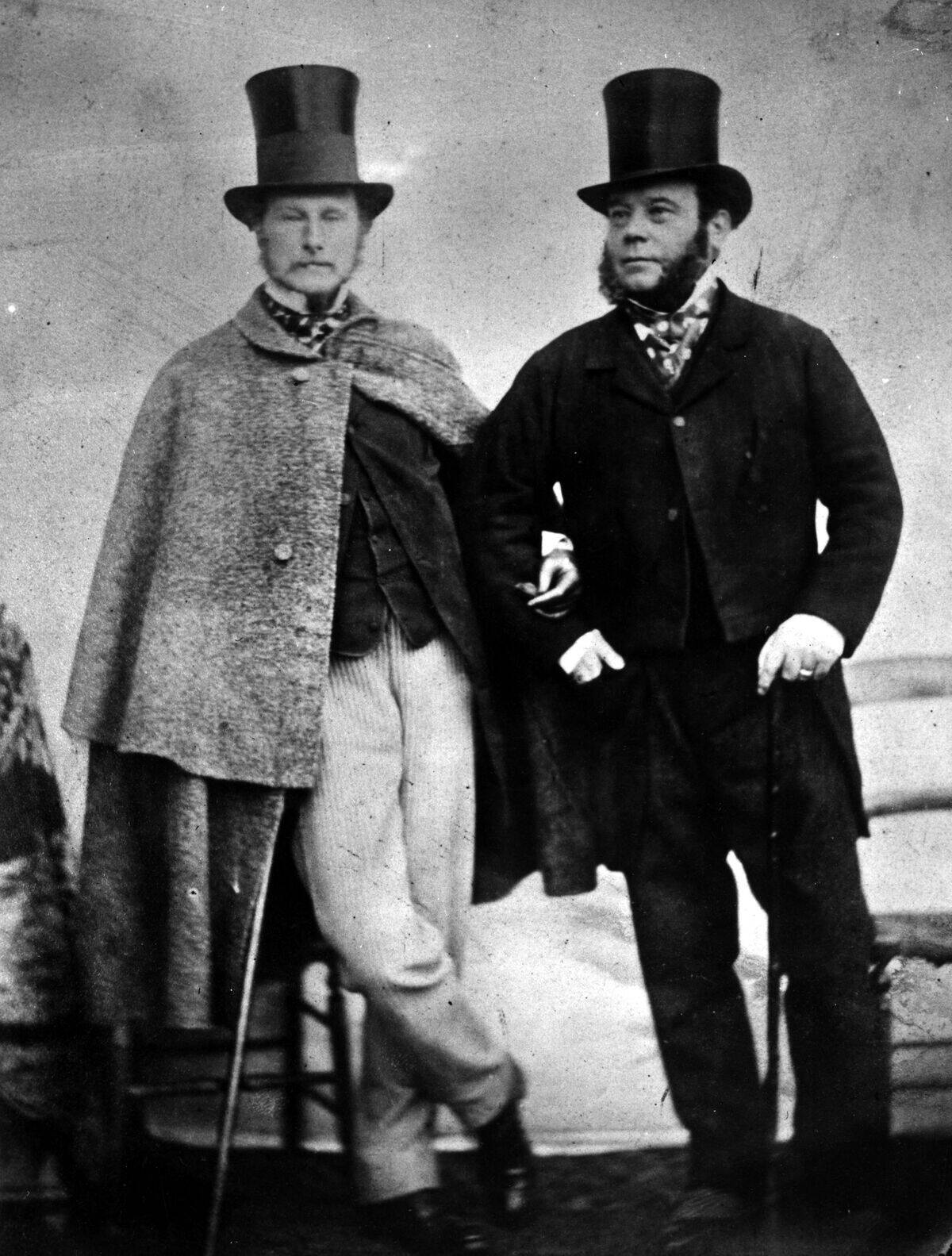
Men in Victorian society often found their social and professional networks through exclusive gentlemen’s clubs, where they could discuss politics, business, and leisure pursuits. These clubs, such as the Reform Club and the Athenaeum, were bastions of male camaraderie and influence. Many upper-class men were also involved in business ventures, leveraging their social connections to expand their wealth. Investments in industry, railways, and colonial enterprises were common, reflecting the era’s entrepreneurial spirit and the pursuit of economic power.
Sporting Pursuits: From Fox Hunts to Croquet
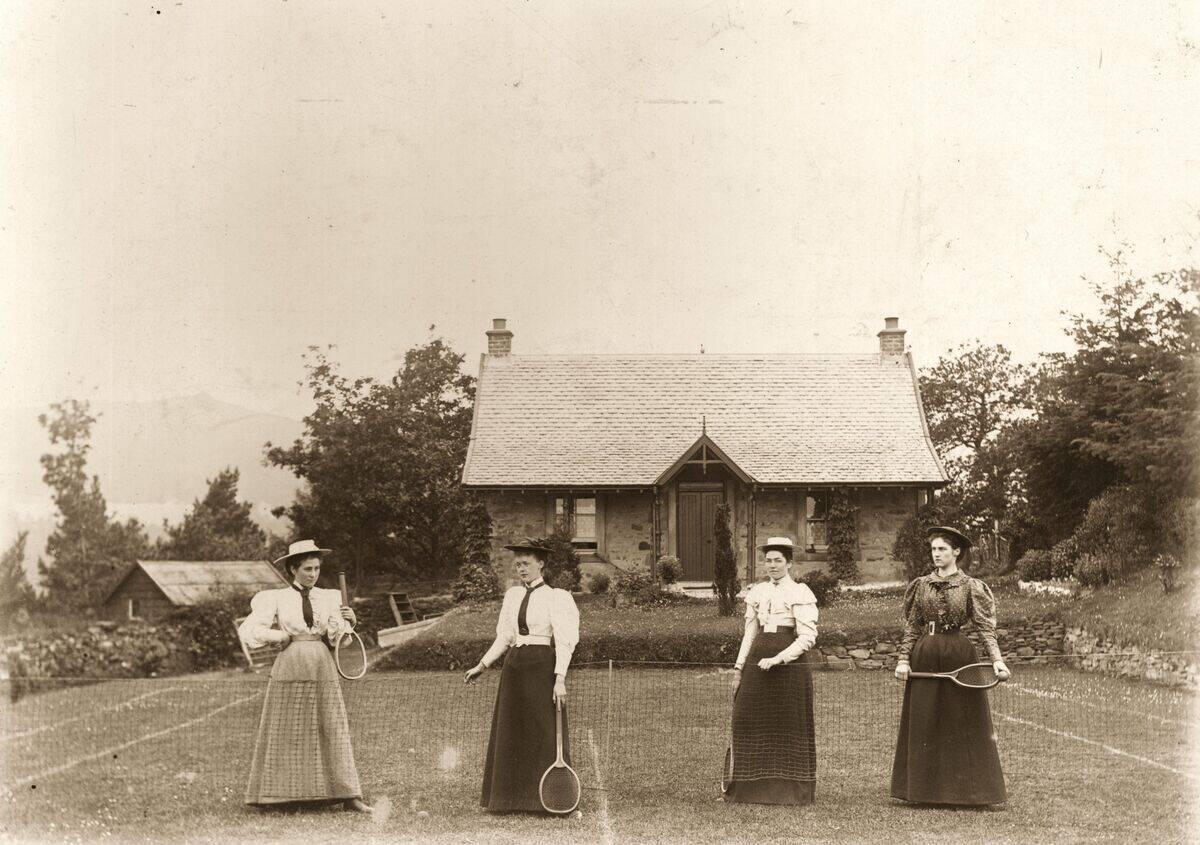
Sporting activities were a significant aspect of upper-class life, with fox hunting being a traditional pursuit enjoyed by many. This sport required skill and daring, symbolizing both the thrill of the chase and the camaraderie among participants. Croquet and lawn tennis became fashionable pastimes, offering a more genteel form of competition. Such activities were not just about recreation; they served as important social events where alliances were formed and status was displayed, reinforcing the social fabric of the upper class.
The Education of the Upper Class: Tutors, Governesses, and Elite Schools
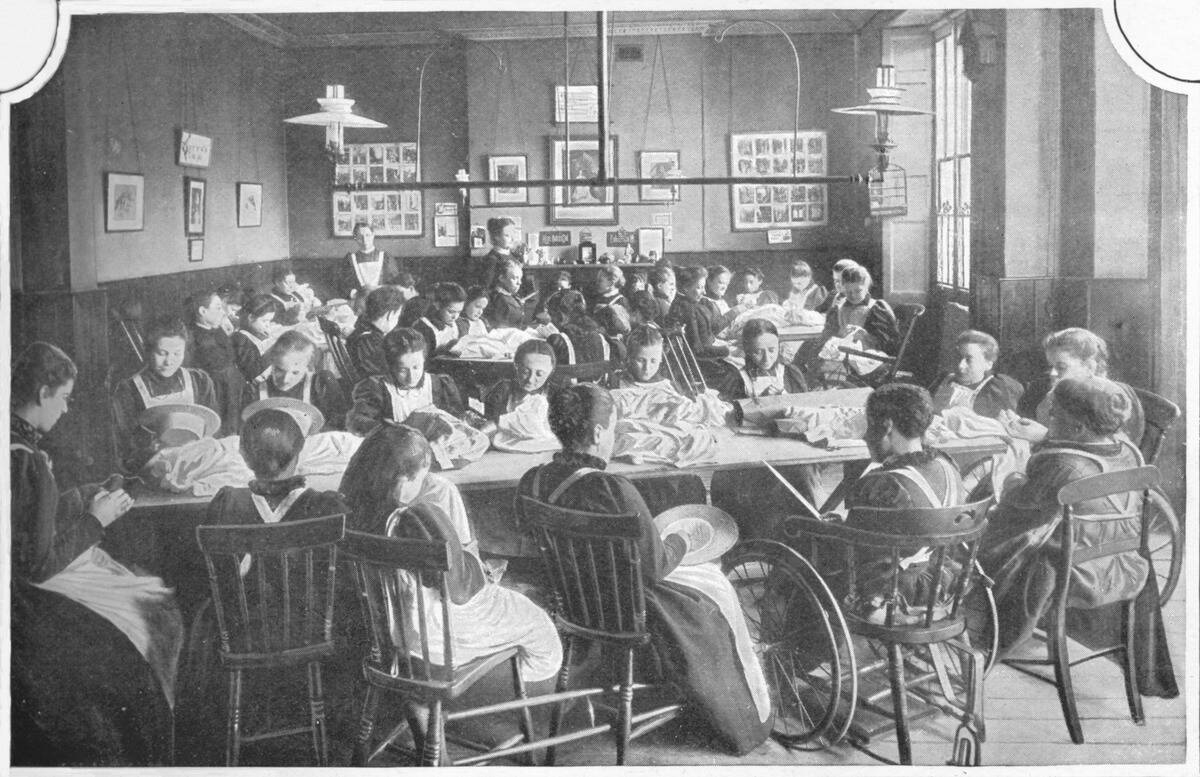
Education was a critical component of upper-class upbringing, with a focus on both academic and social skills. Boys were often educated by private tutors or attended prestigious schools like Eton and Harrow, where they learned classical subjects and leadership skills. Girls were typically taught at home by governesses, focusing on subjects like literature, music, and languages to prepare them for their societal roles. Education was tailored to reinforce class distinctions, ensuring that the next generation was well-equipped to uphold family traditions and responsibilities.
Secret Societies and Clubs: Exclusive Gatherings and Hidden Agendas
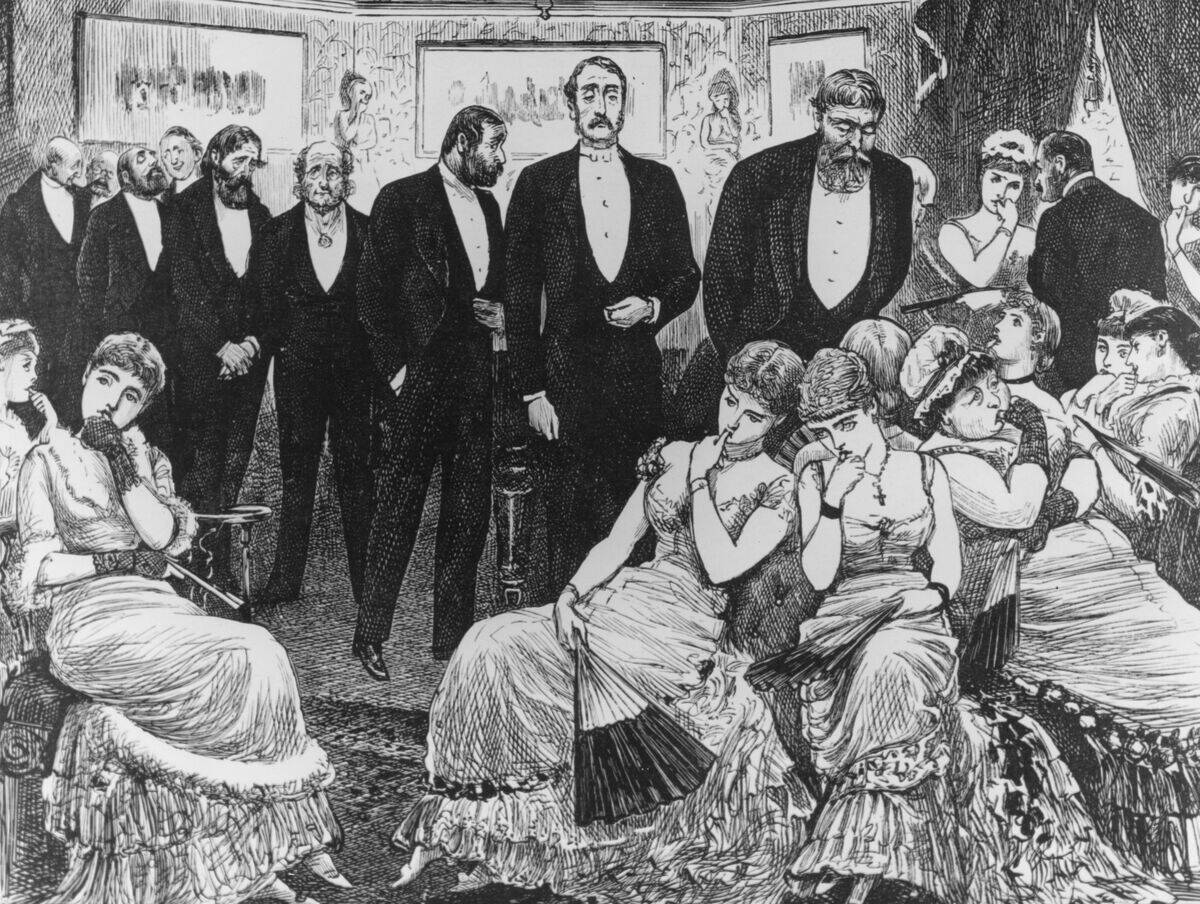
The Victorian era was rife with secret societies and exclusive clubs, offering a private space for discussion and influence. Organizations like the Freemasons held considerable sway, attracting influential members who engaged in philanthropic and social activities. These gatherings often involved elaborate rituals and ceremonies, fostering a sense of mystery and exclusivity. Membership in such societies was a mark of prestige, with connections made within these circles often translating into social and political advantages. They provided a unique blend of camaraderie and intrigue.
Technology and Innovation: Embracing the Industrial Revolution
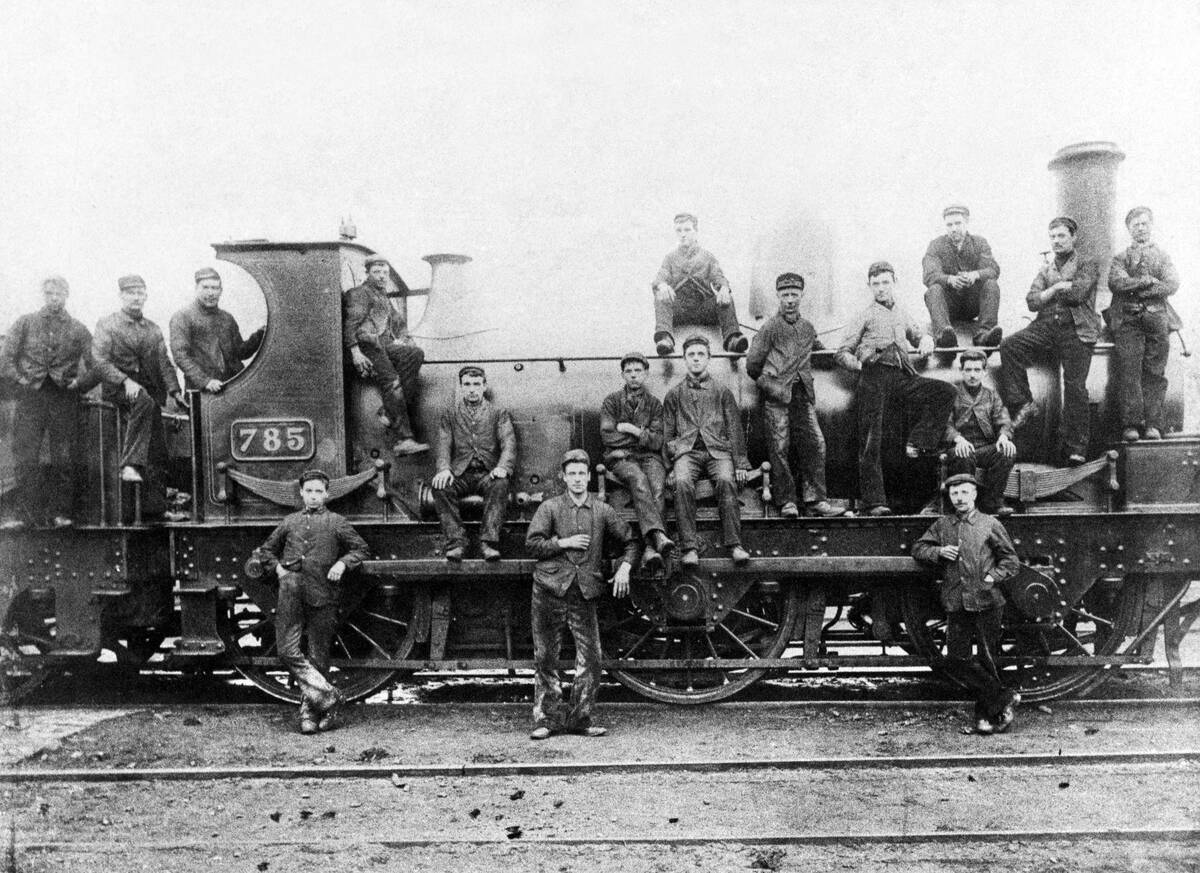
The Industrial Revolution brought remarkable technological advancements, which the Victorian upper class eagerly embraced. Innovations like the telegraph and steam engine transformed communication and transportation, altering the pace of life. Electricity began to illuminate homes, and domestic appliances introduced new conveniences. The elite’s support for scientific progress was evident in their patronage of inventors and engineers. This era of rapid change was both exciting and challenging, as the upper class navigated the impact of technology on their traditional way of life.
Scandals and Intrigues: The Gossip Behind Closed Doors
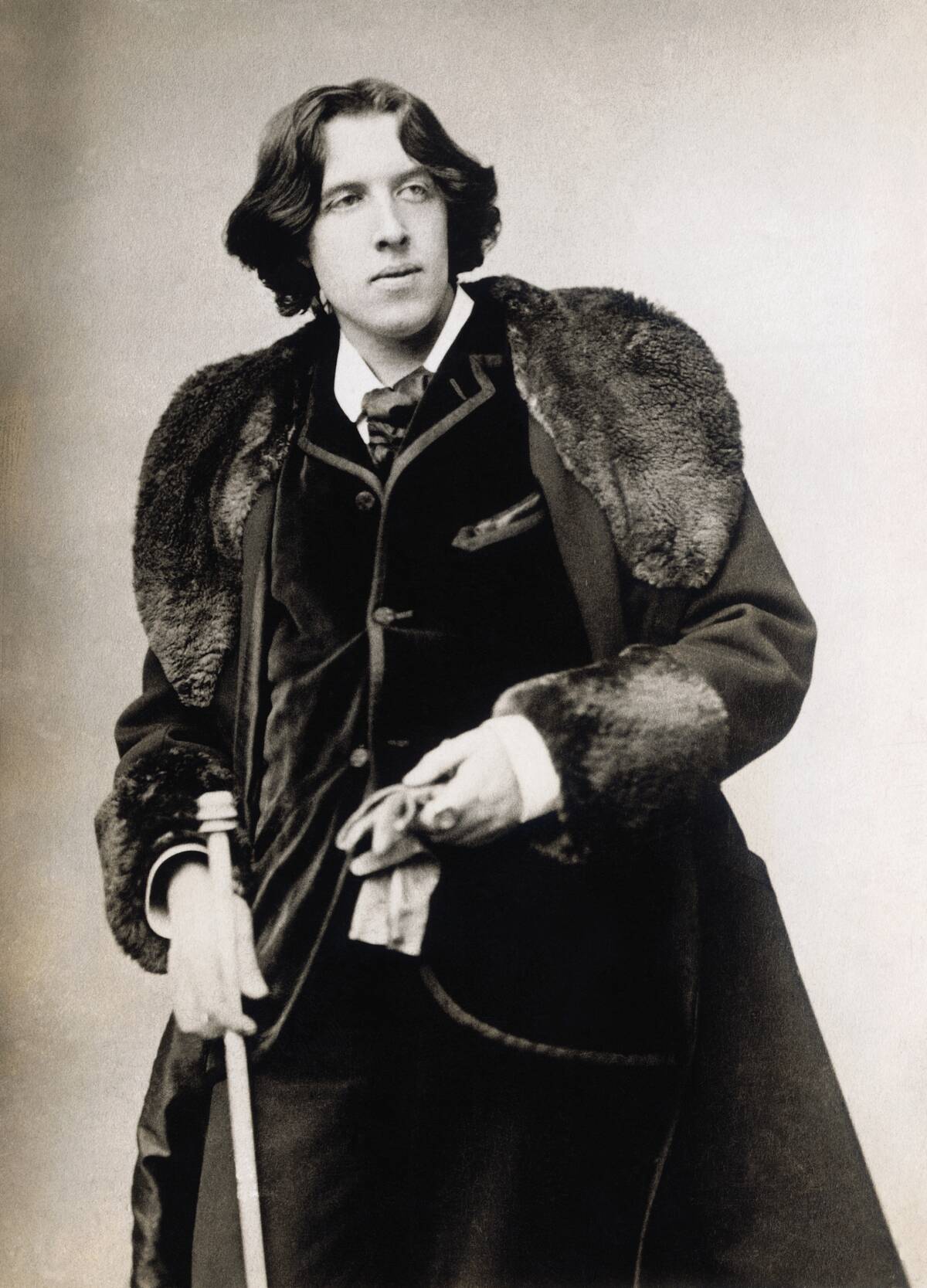
Behind the polished façade of Victorian society lay a world rife with scandals and intrigue. Affairs, financial improprieties, and political machinations were common subjects of gossip among the elite. Figures like Oscar Wilde and the Marquess of Queensberry became embroiled in public controversies that captivated the nation. The press played a crucial role in exposing these scandals, with sensational stories selling newspapers and feeding public fascination. Despite their social standing, the upper class was not immune to the pitfalls of reputation and rumor.




